
Processing Your Payment
Please do not leave this page until complete. This can take a few moments.
- News
-
Editions
View Digital Editions
Biweekly Issues
- December 15, 2025
- December 1, 2025
- Nov. 17, 2025
- November 03, 2025
- October 20, 2025
- October 6, 2025
- + More
Special Editions
- Lists
- Viewpoints
-
Our Events
Event Info
Award Honorees
- Calendar
- Biz Marketplace
Eye on the court, track and field — A Maine-based photographer shares his take on Maine sports
Maine broke free of Massachusetts and became a state in its own right in 1820, but — judging by Mainers’ allegiance to Bay State-based professional sports teams — you might be tempted to think otherwise. Many Mainers dutifully troop to Boston for major league action, enduring stratospheric ticket and concession prices and rambunctious crowds, when there are less expensive yet equally captivating alternatives closer to home. These photos offer a glimpse of Maine’s mostly minor league spectator sporting scene, in all its community-focused glory. (And alas, the Maine teams can’t quite shake the Boston attachment.)

Play ball!: Oldtimers might remember teams like the Portland Blue Sox, Duffs and Pilots, but the modern era of professional baseball in Maine began on April 18, 1994, when the Portland Sea Dogs – initially a minor league affiliate of the Florida Marlins — emerged from the dugout at their brand-new stadium, Hadlock Field. After the 2002 season, the team ditched the Marlins, hitched itself to the Boston Red Sox as a Double-A franchise — and built a 37-foot-high replica of Fenway Park’s Green Monster in left field, 315 feet from home plate. In this photo, the Sea Dogs take the field for a game against the New Hampshire Fisher Cats.

Fielder’s choice: As of the start of the 2023 season, Portland pitchers have thrown 10 no-hitters and six one-hitters, batters have hit eight inside-the-park home runs and 74 grand slams, and 337 of the 858 players to don the Sea Dogs uniform have gone on to the major leagues, three becoming World Series MVPs. The team has made the playoffs nine times, including last year, and a division-leading start fueled postseason hopes for 2023. Here, shortstop Christian Koss throws out a New Hampshire Fisher Cats batter.
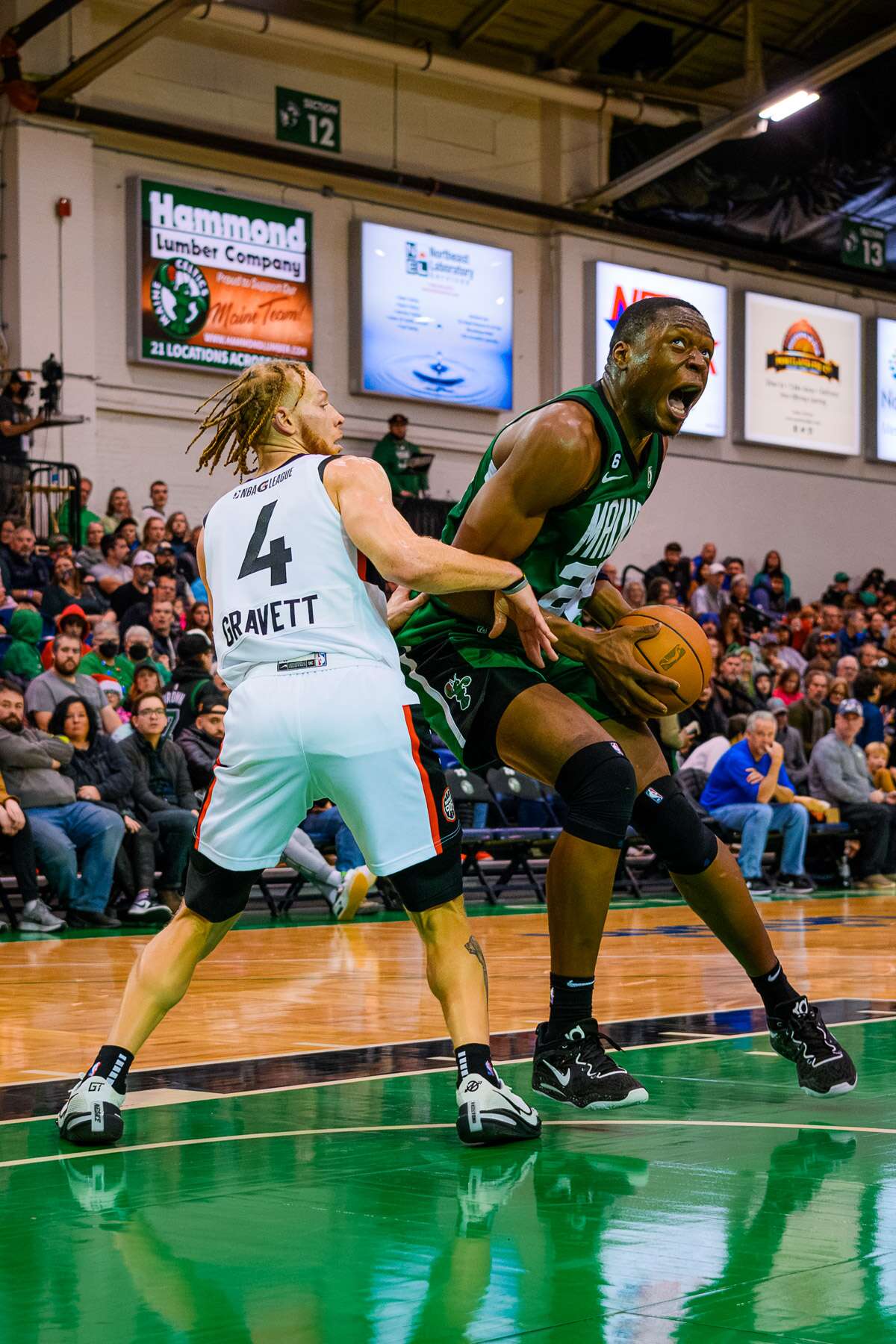
To the hoop: Debuting in 2009 as the Red Claws, the state’s minor league basketball franchise staged the public reveal of its jerseys by hauling them onshore in a lobster boat. Now known as the Maine Celtics after being acquired in 2019 by the Boston franchise of the same name, the team, based at the Portland Expo, qualified for the playoffs in 2023 for the first time in six years. In this photo, center Mfiondu Kabengele wheels around for a shot against the Raptors 905.
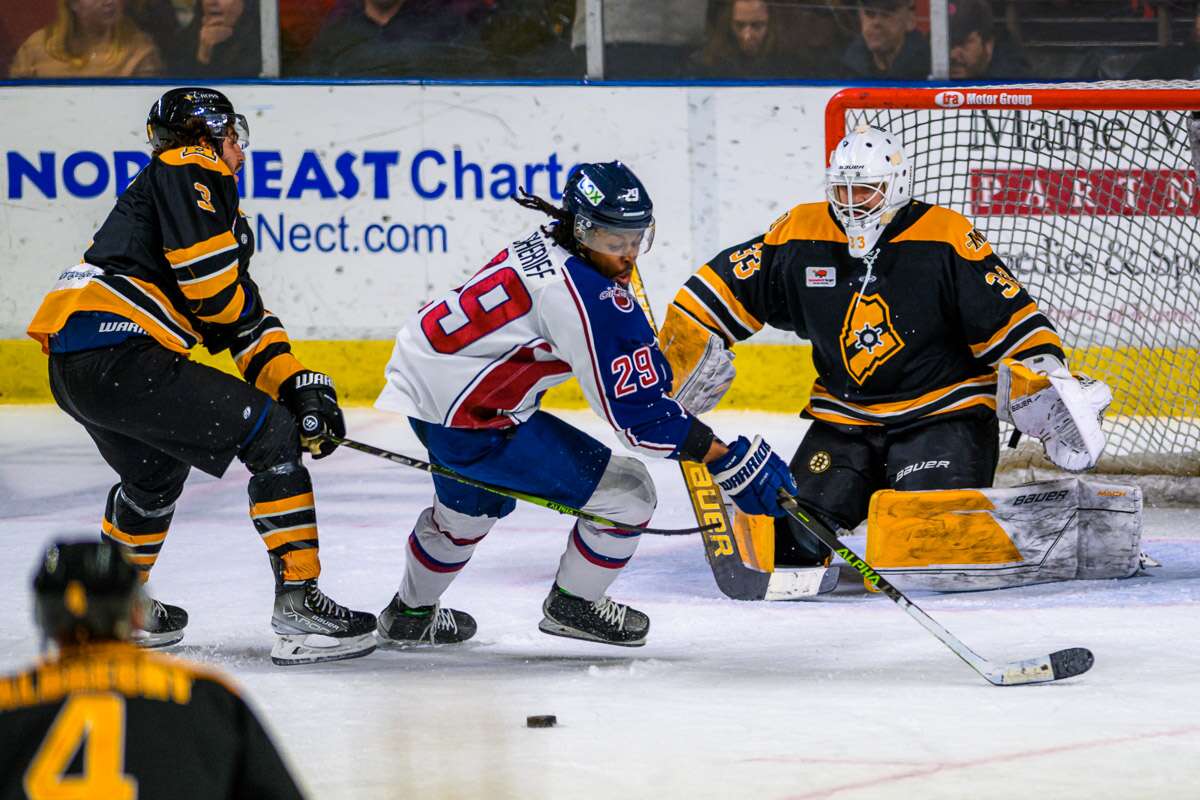
The puck stops here: On the ice at the Cross Insurance Arena in Portland, the Maine Mariners are the latest incarnation of a hockey team originating in 1977, known first as the Mariners, then the Pirates, now the Mariners again. (Not to mention the short-lived Nordiques or MAINEiacs.) Here, goalie Francois Brassard and defender Gabriel Chicoine (no. 3) protect the net in a 5–2 victory over the Tulsa Oilers that sent the Mariners to the 2023 playoffs.
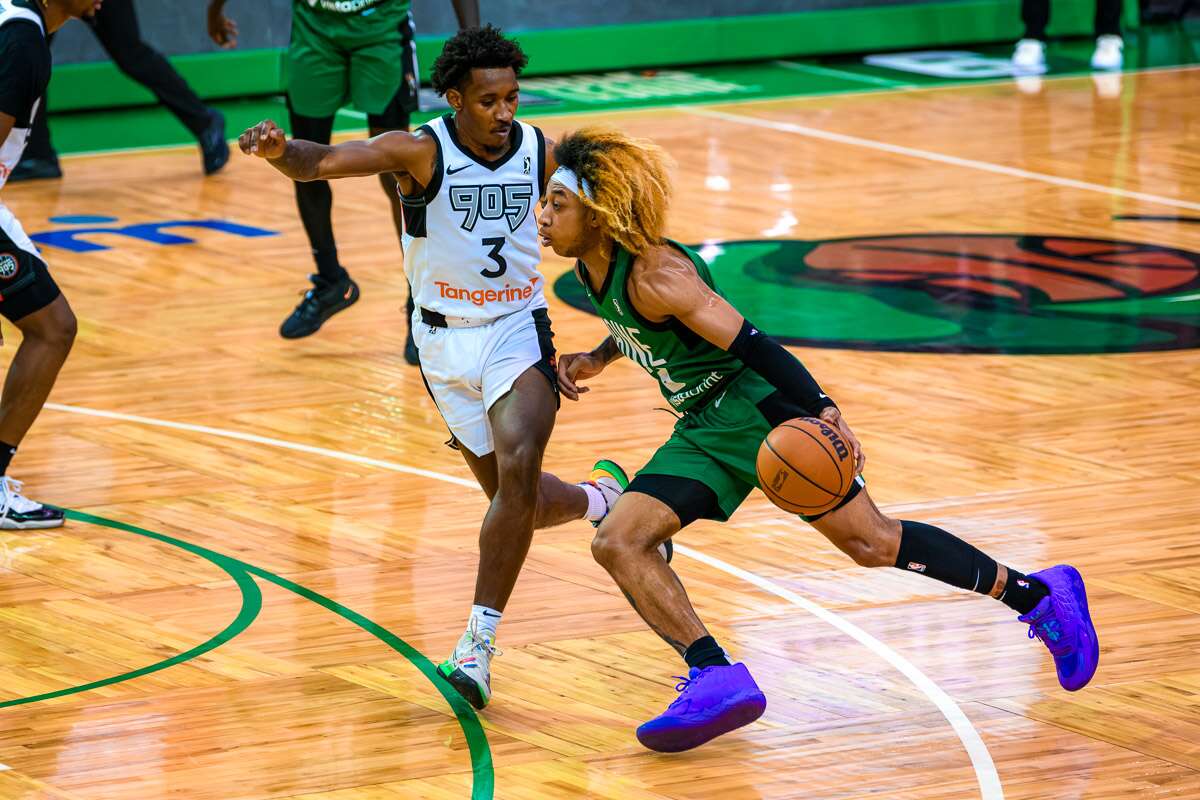
Two-way Celtics: Boston’s basketball links with Maine go back to 1947, before the Red Auerbach era, when the not-yet-dominant Celtics started coming up north for exhibition games. Eight years later, with Auerbach in charge and the legendary Bob Cousy on the roster, the team ventured to Bangor for a regular season game. The geographic overlaps persist. Some modern-day Maine Celtics players, like guard JD Davison, suit up in Boston as well. Davison (shown here in April 2023), the lone rookie on last season’s roster, played 26 games for Maine and 12 down south.

Silver skates: Affiliated with two sets of Bruins — the National Hockey League team in Boston and American Hockey League team in Providence — the revived Mariners took the ice in 2018, competing in the ECHL. (EC originally stood for “East Coast,” but when teams as far away as Idaho joined, the league switched to using the abbreviation.) In the short life of the reborn Mariners, eight players have also skated in the NHL. Here, Mariners defender Andrew Peski clears the puck in a game against the Tulsa Oilers.
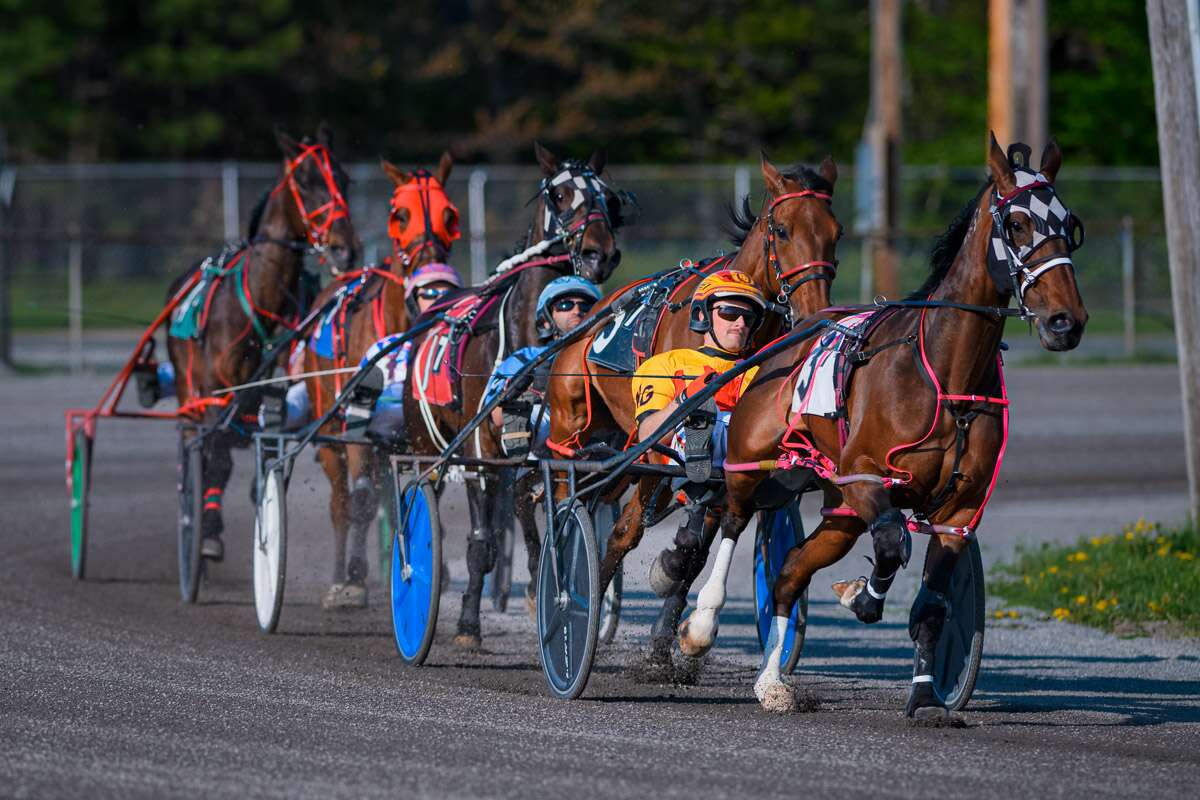
Down the stretch: Now a niche sport, harness racing once thrived in Maine, with tracks in upwards of 100 towns hosting standout performers like Single G, a pacing champion in the 1920s. (Single G won $100 in gold for running a two-turn mile in 2:03 ¾ in 1923, breaking the state record, according to the Lost Trotting Parks Heritage Center.) Today, regular racing — with the added lure of remote betting on the ponies at bigger-name tracks elsewhere — is confined to Hollywood Casino Bangor and First Tracks Cumberland (shown here).

Hoofbeats: The Cumberland track, now in its 154th season at a fairground 20 minutes north of Portland, became southern Maine’s only regular harness racing venue when Scarborough Downs closed after 70 years in 2020 and was turned into a residential and commercial property development. Times have gotten faster since Single G’s era, with one-mile races routinely run in under two minutes and the state record for pacers down to 1:51.2, but the dedication of the four-legged athletes and their human connections remains unwavering.
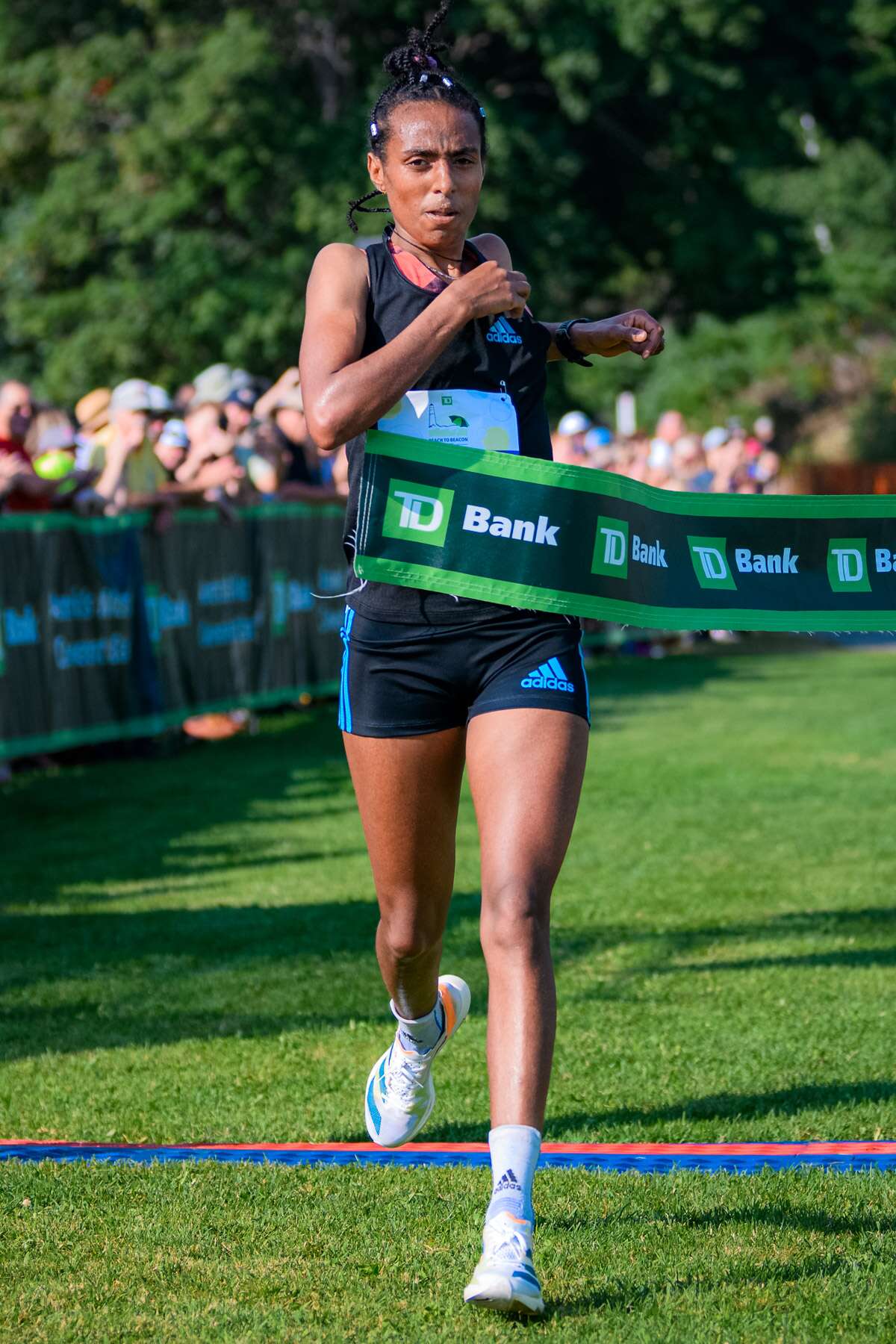
Hitting the Cape tape: Elite runners sprint, and lesser athletes trot or jog, to Cape Elizabeth every summer for the Beach to Beacon 10-kilometer road race. Attracting the fleet of foot to coastal Maine since 1998, the race was founded by Joan Benoit Samuelson, a Cape Elizabeth native who triumphed in the Olympic and Boston marathons in the 1980s. Here, the winner of the 2022 women’s division, Fentyea Belayneh of Ethiopia, crosses the finish line with a time of 32:06.
About the photographer

Jim Neuger, a Cleveland native and Princeton graduate, worked as a print reporter and bureau chief in Germany and Belgium for Bloomberg, covering economics (the rise and near demise of the euro), politics (remember Helmut Kohl?) and war and peace (from the relative sanctity of the NATO pressroom). He enjoys riding horses and watching them race, and can name every Kentucky Derby winner since 1875. He and his wife Renee Cordes, a Mainebiz senior writer, live with their cockatiel Roo in Cape Elizabeth. Some of Jim’s work is on display at www.jimletpix.com.
Mainebiz web partners
Related Content

The Giving Guide
The Giving Guide helps nonprofits have the opportunity to showcase and differentiate their organizations so that businesses better understand how they can contribute to a nonprofit’s mission and work.
Learn More
Work for ME
Work for ME is a workforce development tool to help Maine’s employers target Maine’s emerging workforce. Work for ME highlights each industry, its impact on Maine’s economy, the jobs available to entry-level workers, the training and education needed to get a career started.
Learn More
Groundbreaking Maine
Whether you’re a developer, financer, architect, or industry enthusiast, Groundbreaking Maine is crafted to be your go-to source for valuable insights in Maine’s real estate and construction community.
Learn more-
The Giving Guide
The Giving Guide helps nonprofits have the opportunity to showcase and differentiate their organizations so that businesses better understand how they can contribute to a nonprofit’s mission and work.
-
Work for ME
Work for ME is a workforce development tool to help Maine’s employers target Maine’s emerging workforce. Work for ME highlights each industry, its impact on Maine’s economy, the jobs available to entry-level workers, the training and education needed to get a career started.
-
Groundbreaking Maine
Whether you’re a developer, financer, architect, or industry enthusiast, Groundbreaking Maine is crafted to be your go-to source for valuable insights in Maine’s real estate and construction community.
ABOUT
NEW ENGLAND BUSINESS MEDIA SITES
No articles left
Get access now
In order to use this feature, we need some information from you. You can also login or register for a free account.
By clicking submit you are agreeing to our cookie usage and Privacy Policy
Already have an account? Login
Already have an account? Login
Want to create an account? Register
Get access now
In order to use this feature, we need some information from you. You can also login or register for a free account.
By clicking submit you are agreeing to our cookie usage and Privacy Policy
Already have an account? Login
Already have an account? Login
Want to create an account? Register


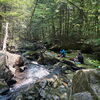



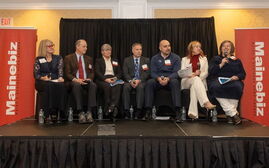



0 Comments